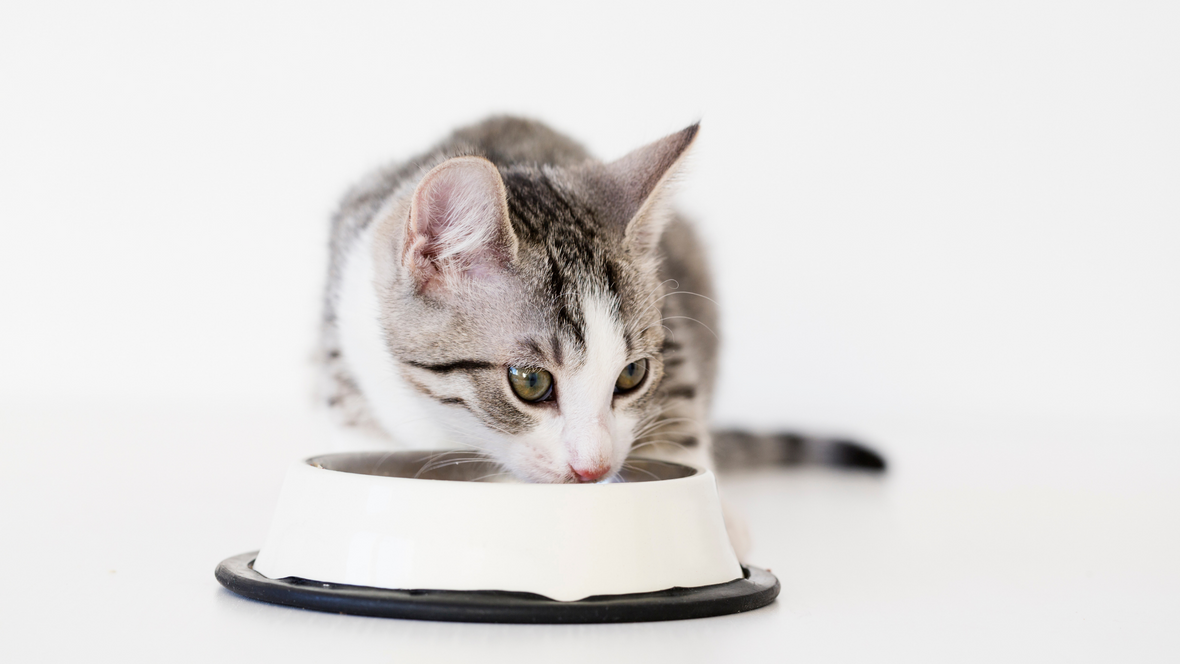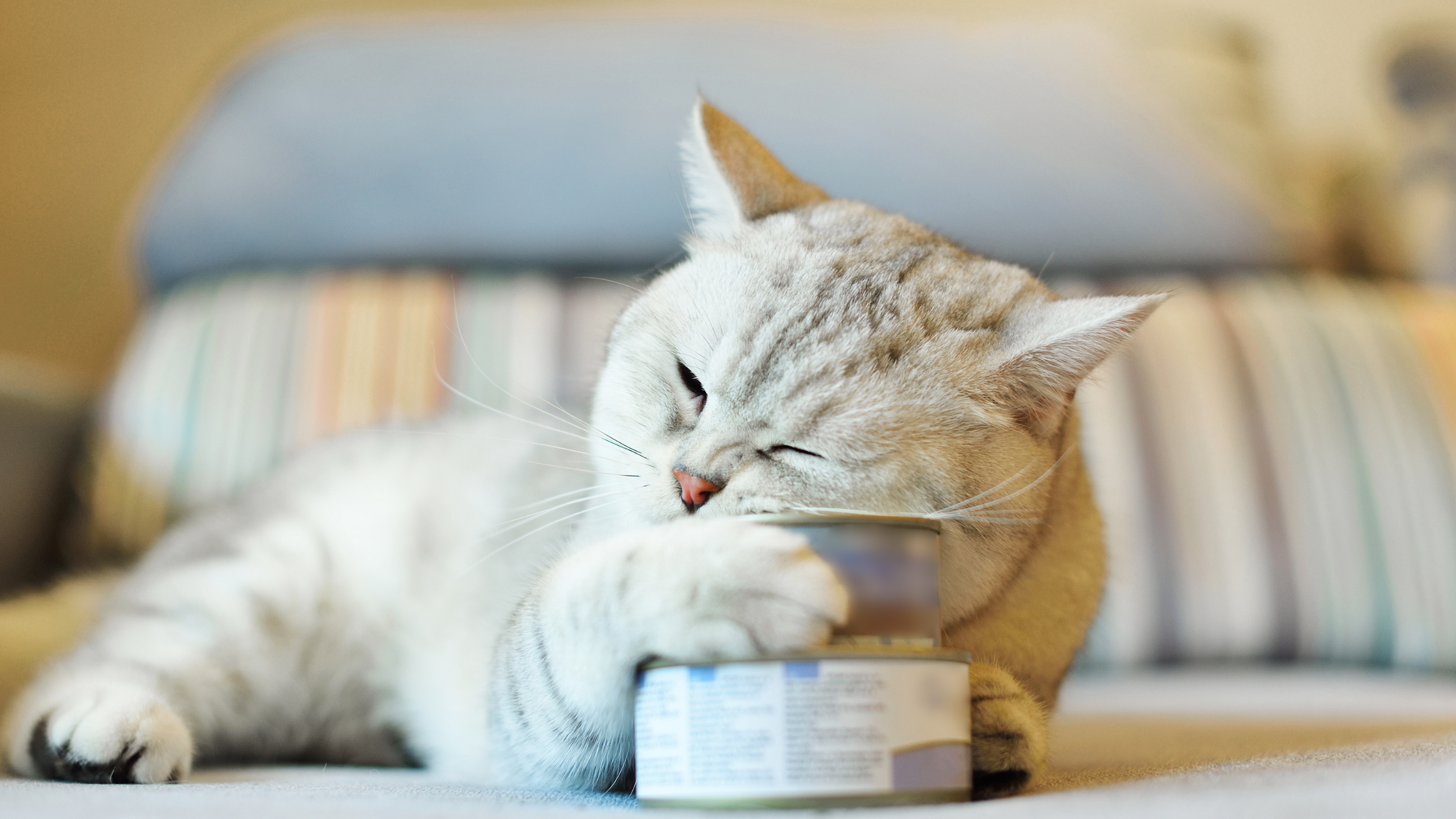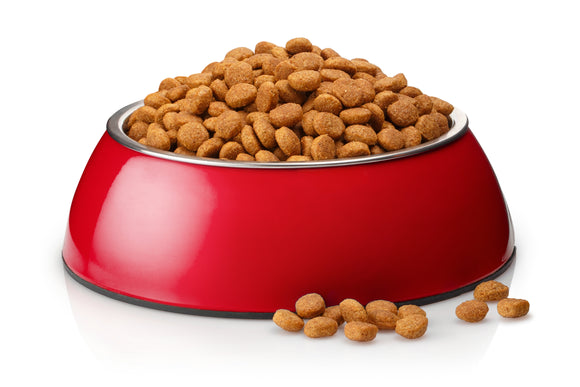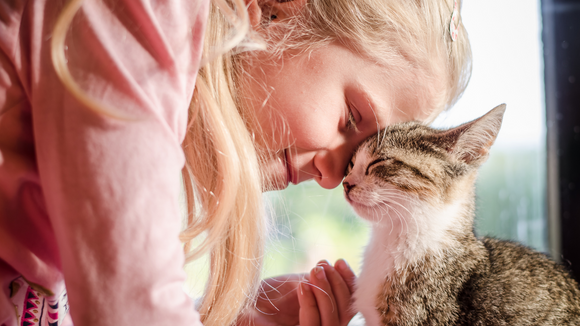
Adult Cat Nutrition 101 - Cat Food & Cat Nutrition (Part 2)
Table of Contents
Adult Nutrition 101

Choosing the best cat food for your adult cat can be a challenge. There are so many different types of food out there, and it's not always easy to figure out which one will be the best choice for you and your pet.
Adult cats have different nutritional needs than kittens or younger cats, but some foods that work well for young cats may not provide enough protein or other nutrients as an adult.
This article will give you tips on choosing high-quality food for your feline friend who has matured past kittenhood.
How to select high-quality food for your cat?
Cats are unique animals and need to be fed different amounts of food as they get older. In order for your kitty's diet to meet their nutritional requirements, you must know the type of foods in which they're interested.
Cats are an interesting and diverse species with different nutritional needs based on their size, age, and other factors. Learning how cats use the various nutrients in food can help you choose a healthy diet for your furry friend.
Adult cats need different nutrients to survive like protein, fats, carbohydrates, vitamins, and minerals. Although they are carnivorous, cats need to eat both meat and plants for their digestive system to function properly. Cats digest animal-based proteins better than plant-based ones because the cat's digestive system is designed specifically for these types of foods.

According to Jennifer Larsen, Ph.D. is a nutritional consultant and currently working in California in a Veterinary teaching hospital, "The AAFCO has been a trusted institution for that last century, providing the public with guidance on how to provide their pets with sound nutrition. When looking at cat food, most people consider manufacturer reputation and nutritional value according to standards set by an organization (AAFCO).
She also explains some of the methods these organizations have in place, such as feeding trials and formulation tests. Feeding trials are conducted before approving any product or ingredients allowed into production, which is one way you can be sure your pet will enjoy healthy meals every day without compromise.
To formulate the perfect cat food, one must first understand what nutrients are necessary for a particular life stage. In doing so, they can compare their nutritional analysis with AAFCO nutrient profiles and ensure that any diet is balanced.
Similarly, the feeding test method is used to evaluate the absorption and digestibility of nutrients in live animals.
Larsen says adult cat food is made up of various ingredients, but your focus must always be on the nutrients present in the food. It's not always clear based on the ingredients alone because some foods have one or two "healthy" sounding items in them.
While others seem lighter with more protein than carbohydrates which are better for your cat. The best way to determine if cat food is good quality? Make sure that there isn't an excess of any certain nutrient. A balanced diet includes proteins, fats, carbs (with no sugars!), vitamins, and minerals.
Nutritional needs of an adult cat
While evaluating the nutritional needs, always measure their needs on a dry matter basis because dry cat food has more protein than wet cat food.
According to AAFCO, adult cat food must contain
- Protein 65g on DM basis
- Fat 22.5g on DM basis
Cats have a range of energy levels, and it is important to give them the right amount. If they are mostly inactive, then 10% below maintenance would be appropriate. But if cats spend all day running about or playing games like chase-the-ball, their needs may require that you provide them maintenance plus 20% to 40%.
Ensure your cat has access to fresh, clean water is crucial. Cats, in particular, have a high need for hydration, and our daily routine should include cleaning their bowls so they can stay properly nourished.

As a cat owner, you know that extreme hot or cold weather can increase your kitty's energy needs. But what exactly does this mean for their well-being? Both of these actions take up extra energy, which means it may be time to consult with your vet about how best to manage hotter or cooler climates.
Food choices for adult cat
There are three different types of cat food. Dry, semi-moist, and canned with dry having the least moisture content. While canned have a much higher level of water when compared to semi-moist or even dry forms of cat foods.
The best type for your feline will depend on what you want its diet to consist mainly of. This could be protein-heavy if they're more active than others might need less fat, so their system doesn't get too full for them not to ingest unnecessary calories. However, this largely depends on how often the pet eats because some cats like people have irregular eating habits where they'll eat twice as many meals but then other days only once throughout an entire week.
How much to feed an adult cat?
It is not easy to calculate the right amount of food for each cat. However, the best method is to weigh your cat and read the feeding instructions given on the food bag. Different equations can help you in calculating the right amount of food for your cat.
Feeding your adult feline friend twice a day is the way to go. We recommend using portion control and feeding two meals 8-12 hours apart, depending on how much food they need. Your vet will help you determine the best schedule for feeding based on their needs.
Some people have schedules that can't accommodate normal two-meal-a-day feeding regimens. Not to worry, cats may be fed successfully in a number of ways to meet both the owner's and the animal's needs and circumstances.

Conclusion
Feeding your adult cat is just as important, if not more so, than feeding a kitten. Adult cats need much higher levels of protein and fat to maintain muscle mass because they are no longer growing. If you feed her according to her needs, she will be healthier for it!



